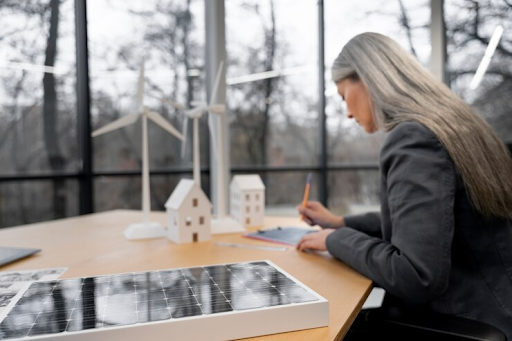Have you ever wondered how much energy your building consumes and what can be done to reduce it? One of the most effective solutions lies within the walls, literally! An often overlooked but crucial component in enhancing a building’s energy efficiency is the Building Envelope. With rapid technological advances in building materials and insulation systems, the role of the Building Envelope has evolved significantly, paving the way for sustainable and energy-saving constructions.
Understanding the Building Envelope
The Building Envelope is a term used to refer to the physical barrier that separates the interior and exterior of a building, which comprises walls, roof, windows, doors, and various insulation materials. It provides a defense mechanism against external weather conditions and addresses the regulation of temperature, moisture control, and overall energy efficiency inside the building.
It means that during hot seasons, the building envelope well designed minimizes heat gains while preventing heat losses during cold. Directly, this means lesser dependence on HVAC systems, which translates into huge energy savings and lower utility bills.
The Role of Insulation in Enhancing Building Envelope Performance
A good Building Envelope has good insulations composed into it. They reduce the activity of thermal bridging, which means transferring heat through the building materials and enhancing the overall thermal resistance of any building. Conventional forms of insulation prove useful. But they are now being upgraded by using advanced technologies such as Extruded Polystyrene (XPS) and Expanded Polystyrene (EPS) boards that give better thermal insulation to maintain stable temperatures indoors, irrespective of what weather is prevailing outside.
For example, XPS panels provide superior resistance to moisture as well as superior long-term durability that suits the needs of a wide range of applications involving buildings. High-performance insulations can be used to allow the builder to reduce energy consumption and decrease carbon emissions while improving comfort for the occupants.
Advancements in Building Envelope Technology
Advanced materials and techniques are on the way with the construction industry to enhance the Building Envelope. Some of the key advancements making a significant impact are:
Extruded Polystyrene (XPS) Insulation Boards: The XPS boards emerged as the benchmarks due to their thermal performance, which comes at an expensive price of production. Boasting high heat transfer barriers, these boards are employed in cladding walls, roofing, and under floors. The high moisture resistance of these boards prevents mold growth, thereby giving buildings long lifetimes.
EPS Boards: These boards are also popularly known as Thermocol. They are made of lightweight Expanded Polystyrene material and offer excellent thermal insulation. EPS is easy to handle and versatile enough to be used in multitudinous applications like wall panels and external insulation. The buildings can be made to reduce a significant amount of energy consumption by introducing EPS in the Building Envelope.
Exterior Insulation and Finish System (EIFS): This is an advanced system in which XPS or EPS boards are overlayed in a number of layers. The benefits of such a system are excellent thermal efficiency. The energy-efficient and aesthetic EIFS retrofit exterior minimizes thermal bridging and air leakage, resulting in heat loss to the outside environment.
Ready-to-Use Insulation Solutions: Ready-to-install tiles solution to ensure the insulation of concrete flat roofs can be conveniently designed on existing buildings with products like INSUtiles. A major source of heat gain and loss in buildings, the reduction in thermal conductivity of the roof prevents indoor temperature fluctuation and saves energy.
The Future of Building Envelope Technology
Building envelope technologies shine bright in their future innovations as improved efficiency in energy consumption is still being developed. Some of these emerging technologies include vacuum insulation panels, phase-change materials, and smart building systems that will transform the construction and building process. In addition, the innovations will improve the thermal performance of the building, decrease energy consumption, and help in the global push toward sustainable construction.
Conclusion
Building Envelope technology is revolutionizing the construction landscape to enable us to build energy-efficient and environmentally responsible structures. It makes use of high-performance insulation materials such as XPS and EPS. Innovative systems, like EIFS and ready-to-use tiles, help reduce energy consumption while offering comfortable, sustainable living and working spaces.
Probably, one of the major leaders with regard to high-performance insulation solutions is the Insuboard. Its XPS and EPS products are peddled forward and remain leading in terms of cutting-edge products that improve energy efficiency in residential and commercial buildings.






